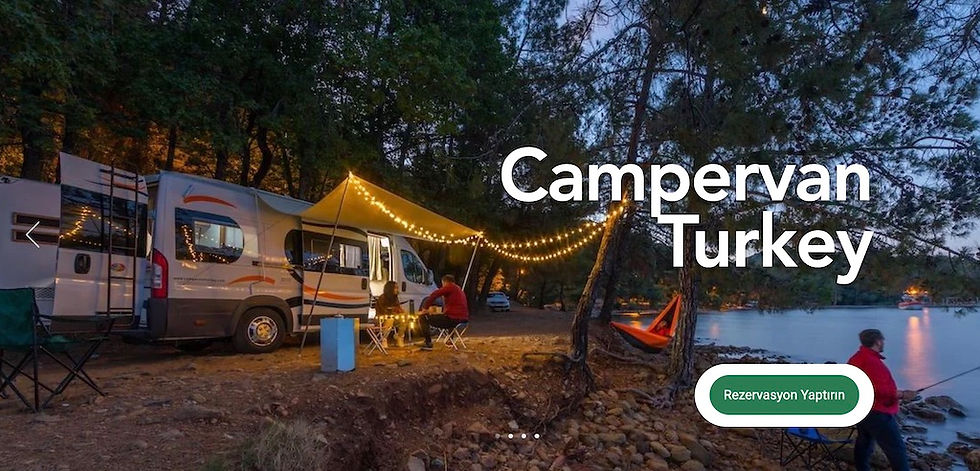Which muscles are working when riding?
- Pınar Horse Safari

- Dec 10, 2022
- 3 min read
Depending on the sport practiced, certain areas of the body will be used more than others, but what about horseback riding? Are you going to tone and slim your figure while horseback riding? Below you will find the list of muscles and muscle groups strengthened and sculpted by horse riding!

Upper limbs (shoulders, arms and forearms)
The practice of horse riding requires very little of the upper limbs.
Trunk and pelvis (Chest, belly and back)
The abdominals : They are made up of several muscle layers ( rectus abdominis , external oblique , internal oblique , transverse ) which function to flex and rotate the trunk.
Back muscles : The back includes more muscles such as the trapezius , the latissimus dorsi , the rhomboids , the infraspinatus or the teres major . The roles of these muscles are many and varied. From back to back, they provide arm and shoulder mobility, postural support and spine protection.
Lower limbs (Glutes, thighs and calves)
The glutes : Located at the intersection of the lower limbs and the trunk, the gluteal or gluteal muscles ( gluteus maximus , gluteus medius and gluteus minimus ) are among the largest and most powerful muscles in the body. They serve in particular the mobility of the thigh and the maintenance of the pelvis.
The quadriceps : They are located at the front of the thigh . the quadriceps each consist of 4 muscles (the vastus femoris or rectus femur , the vastus lateralis , the vastus medialis , the vastus intermedius ). These muscles facilitate the flexion of the thigh on the hip as well as the extension of the leg on the thigh.
The hamstring muscles : Located on the back of the thigh, these muscles are four in number ( biceps femoris , semi-tendinosus and semi-membranous ). They ensure the flexion of the leg and the extension of the thigh.
The calf muscles : Also called triceps surae , the calf muscles include 3 muscle bundles including the soleus and the twins (or gastrocnemius). These muscles promote the extension of the foot on the leg
Lower limbs (Glutes, thighs and calves)
The quadriceps : They are located at the front of the thigh . the quadriceps each consist of 4 muscles (the vastus femoris or rectus femur , the vastus lateralis , the vastus medialis , the vastus intermedius ). These muscles facilitate the flexion of the thigh on the hip as well as the extension of the leg on the thigh.
The hamstring muscles : Located on the back of the thigh, these muscles are four in number ( biceps femoris , semi-tendinosus and semi-membranous ). They ensure the flexion of the leg and the extension of the thigh.
The calf muscles : Also called triceps surae , the calf muscles include 3 muscle bundles including the soleus and the twins (or gastrocnemius). These muscles promote the extension of the foot on the leg
Horseback riding tones certain areas of the body that are not used very much. Whether it's to keep your balance in the saddle or exert leg pressure to communicate with the horse, the lower limbs (glutes, quadriceps, adductors, calves) are primarily muscled by horseback riding. The anteversion and retroversion movements of the pelvis as well as the straightened posture of the trunk reinforce the sheathing of the abs and dorso-lumbar muscles.
Did you check Campervan Turkey?











コメント